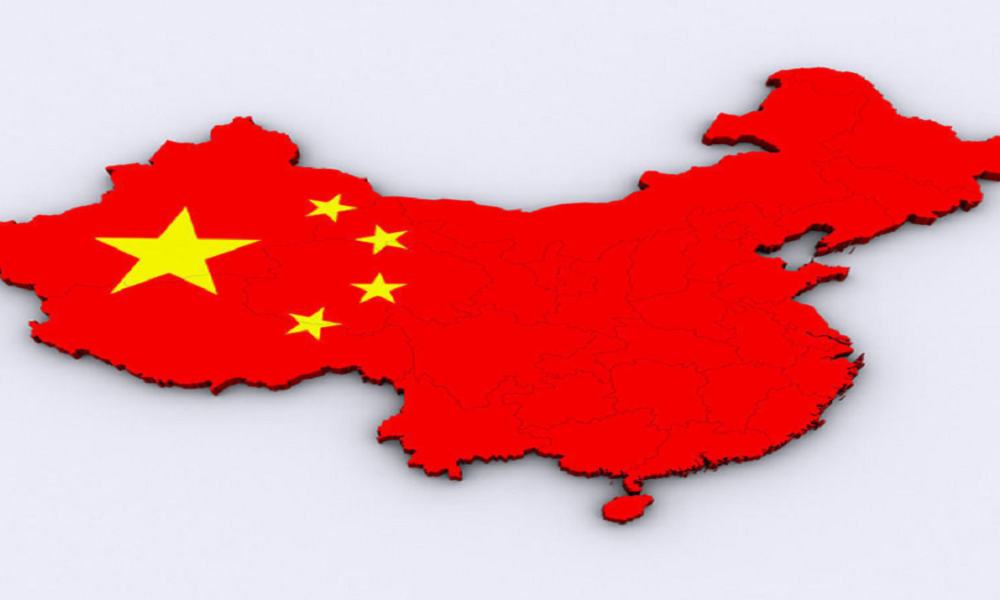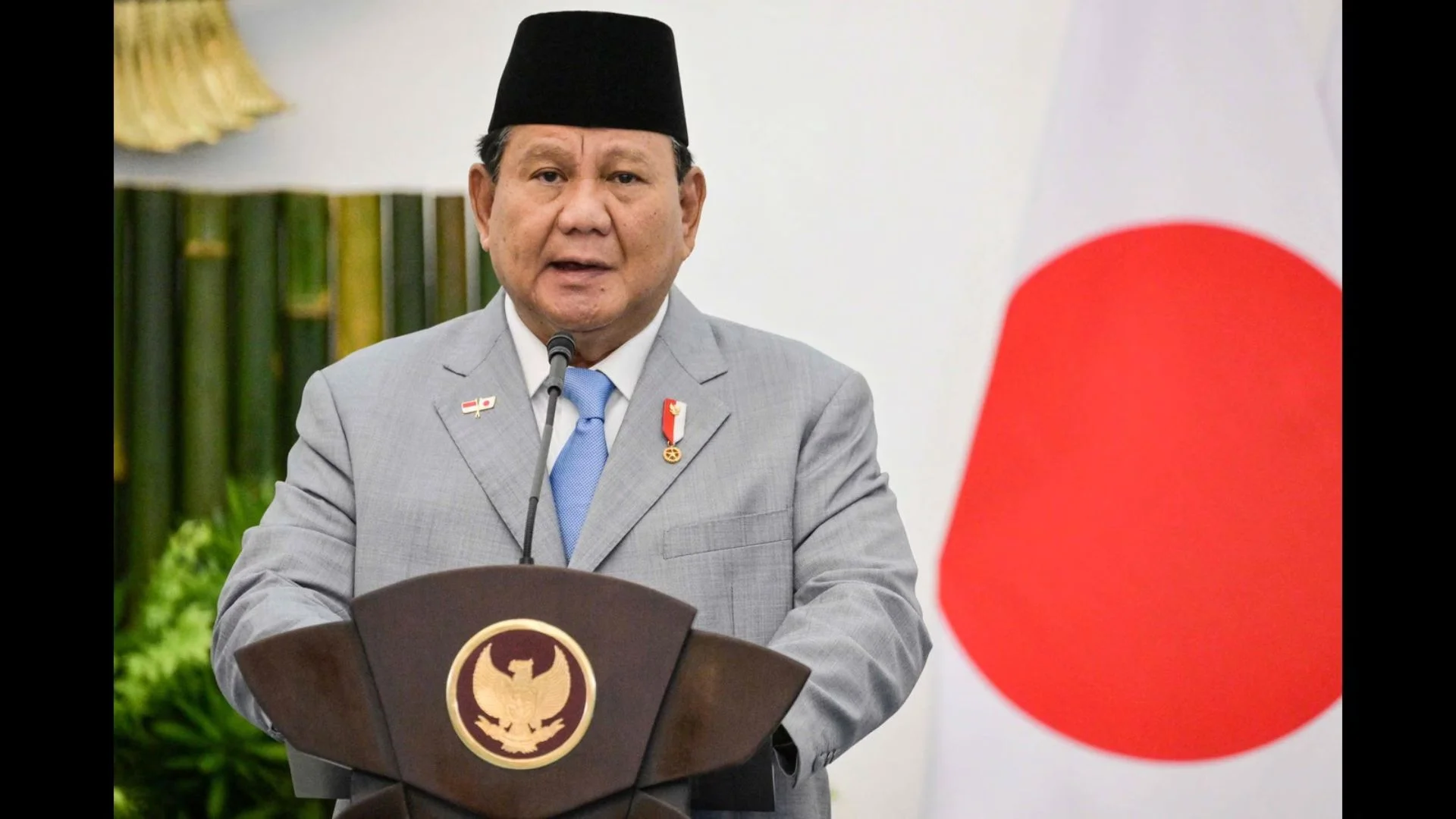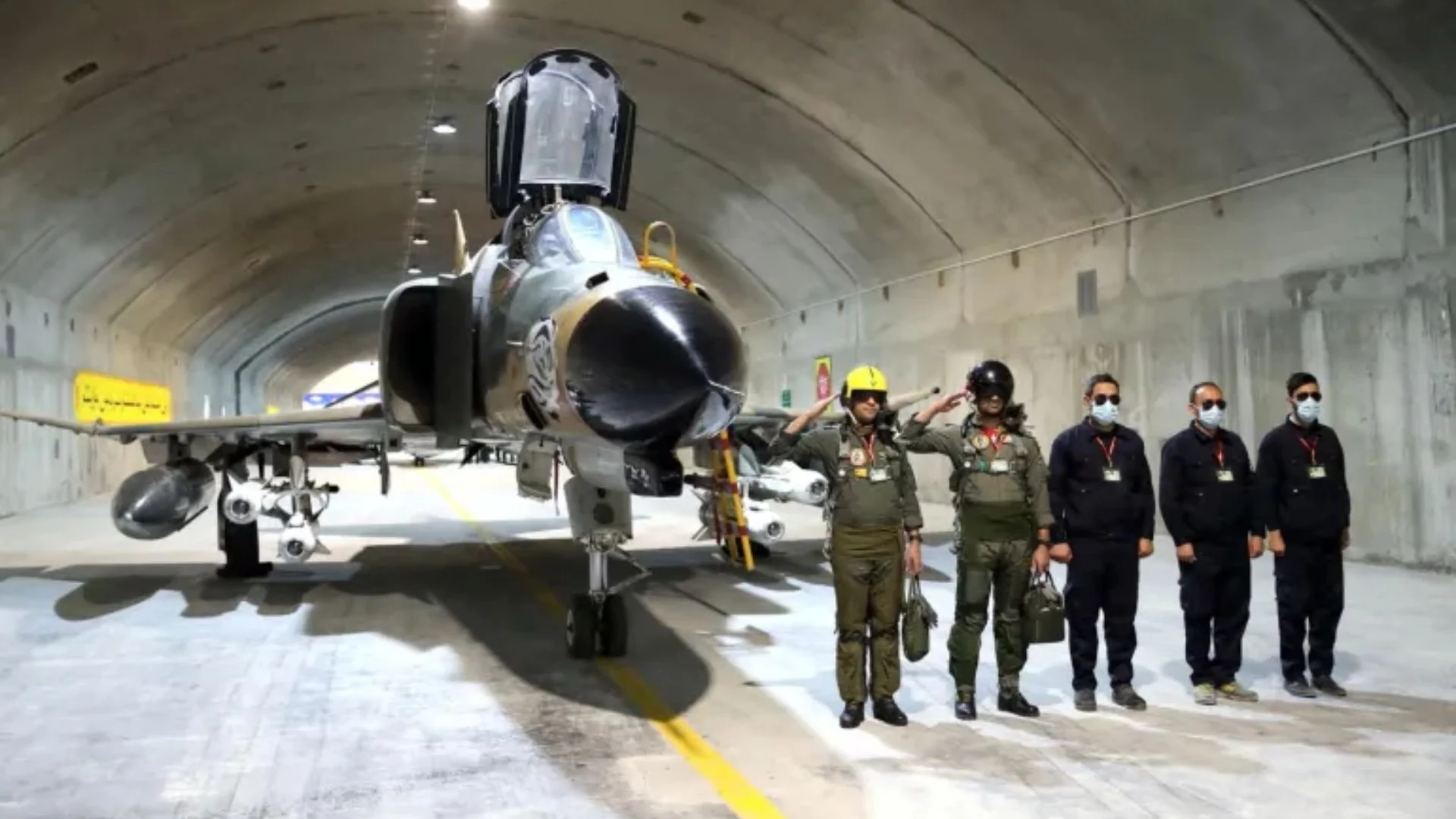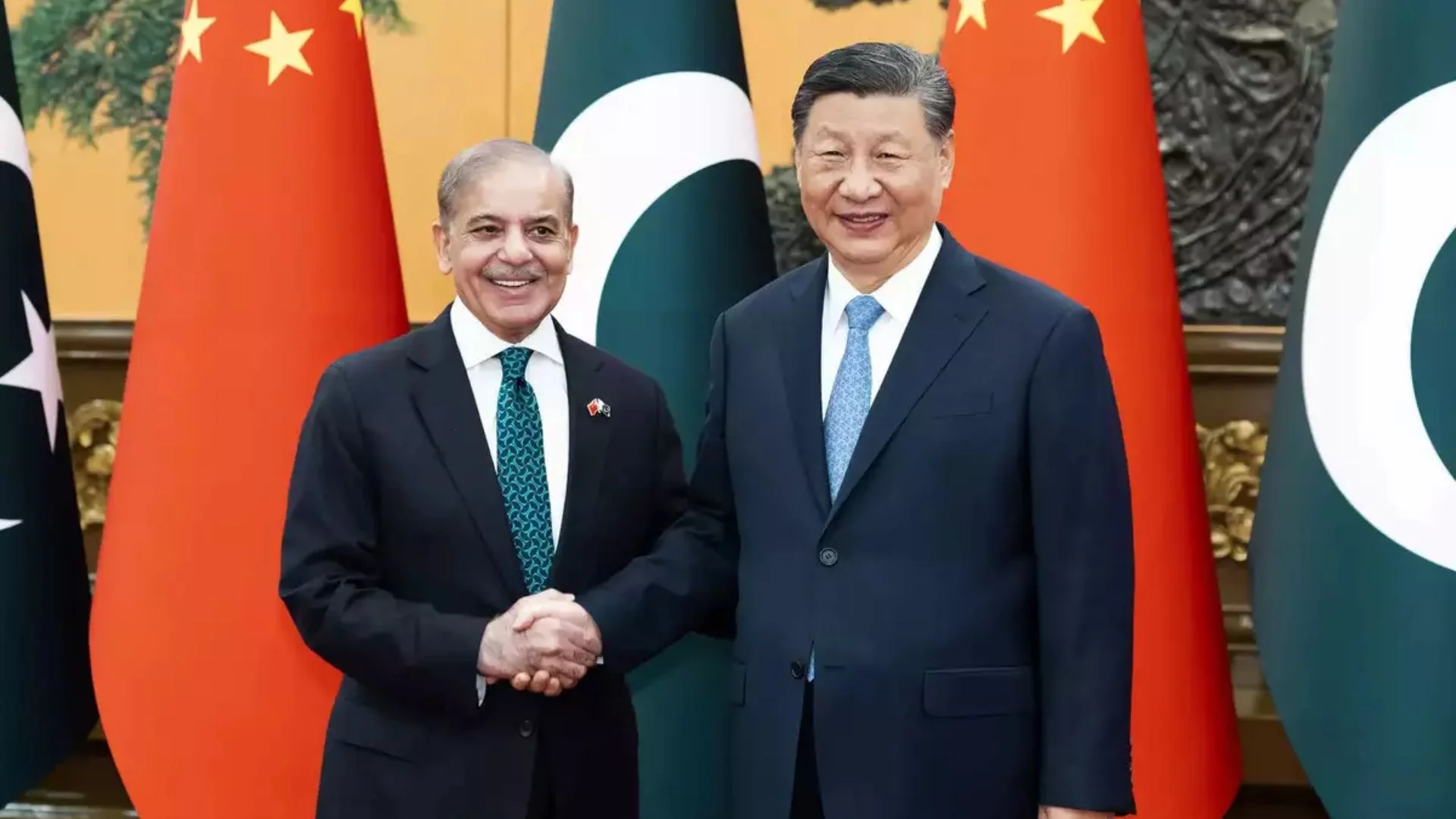During the recently concluded Shangri-la Dialogue in Singapore, the Chinese Defence Minister Wei Fenghe declared that “China will not hesitate to start a war” to stop Taiwan from declaring independence. Perhaps, a reaction to US President Joe Biden’s reiteration of the US commitment to defend Taiwan last month on the sidelines of the announcement of the Indo-Pacific Economic Framework (IPEF). The message from Minister Fenghe, however, was loud and clear: Taiwan is integral to the Chinese geopolitical imagination. President Biden, since the inauguration of his presidency in January 2021 has been critical of Chinese military activities over and around Taiwan and has expressed strong support for Taiwan. China, on the other hand, with increasing frequency and number of fighter aircraft involved, has violated the Taiwanese Air Defence Identification Zone (ADIZ). It has also made several naval incursions and forays into the Exclusive Economic Zone of Taiwan.

The larger geopolitical context of this duel by Beijing and Washington over Taiwan, however, needs interpretation and analysis with reference to the size of the Chinese economy, its increasing military prowess and belligerent diplomatic behavior in its neighbourhood. That Chinese attitude and actions have caused apprehensions and disturbed peace in Western Pacific is now an established reality. For the US, this translates into erosion of its pre-eminence in international affairs and geopolitical dominance, acquired after disintegration of the Soviet Union. Its reputation as the sole superpower is at stake in the international system in general and in East Asia in particular. Furthermore, its strategic bases in the region stand threatened and their utility questioned, if it remains an onlooker in the event of such provocations. The US efforts, therefore, are directed towards restricting Chinese influence through diplomatic rhetoric, multilateral forums and deep-rooted historical alliances in the region. US counter-measures to deter China at various levels can be identified in the region, though the official line is to refrain from the terminology of containment.
Economically, as a bulwark against the strength of Chinese trade and business in the region, the US announced the Indo-Pacific Economic Framework (IPEF) last month. A geo-economic bloc, created to rival the China led Regional Comprehensive Economic Partnership (RCEP), the IPEF excludes China along with Myanmar, Cambodia and Laos. IPEF focuses on four themes: Fair and Resilient Trade; Supply Chain Resilience; Infrastructure, Clean Energy and Decarbonization; and Tax and Anti-Corruption. These themes are reflective of the response to the disruptions of the supply chain caused by the Covid-19 pandemic; an oblique reference to the issues generated by Chinese debt-trap diplomacy; and the Sustainable Development Goals set up by the United Nations. Initial and substantial economic thrust to kickstart the venture may have to be borne by the US. Critical, however, to the success of the IPEF will be traditional US allies (Japan, South Korea) and India’s capacity to create alternative mechanisms to replace established Chinese raw-material acquisition and manufacturing networks.
With strong economic performance spanning three decades, China’s military expenditure has increased manifold. A substantial proportion of the expenditure is directed towards investment in defence technologies and innovations. Recently, the Peoples Liberation Army’s (PLA) twitter handles, in a show of strength, claimed that China has the best fighter aircraft in the world and the scientist at the PLA Rocket Force disclosed testing of hypersonic missiles. In both the instances, they tended to undermine US military capabilities. Combined with such rhetoric, frequent violations of Taiwan’s ADIZ, threatening US reconnaissance aircraft and accosting US aircraft carriers in the region, China’s actions disregard military conventions and established norms. To US’s credit, its armed forces stationed in the region, have responded firmly and have not been discouraged, especially with respect to Taiwan. Diplomatically, the US insists on China’s adherence to and respect for the “rules-based international order”.
US emphasis on the “rules-based international order” may sound hypocritical because its record in ratification and upholding of the United Nations Convention on the Law of the Sea III is not enviable. The United Nations Association of Australia defines the “rules-based international order” as a “shared commitment by all countries to conduct their activities in accordance with agreed rules that evolve over time, such as international law, regional security arrangements, trade agreements, immigration protocols, and cultural arrangements” (UNAA 2016). China violates the UNCLOS III with impunity and regularity in the South China Sea and has been constructing military bases on islands whose sovereignty is disputed with states like Philippines and Vietnam. Adherence to rules, conventions and norms which China disregards has value in maintaining peace in the international order and functions even in most difficult situations.
Geopolitically, US efforts to remain a prominent and meaningful actor in the region have led to the creation of the Quadrilateral (Quad) dialogue with Japan, Australia and India and the AUKUS with Australia and the United Kingdom. Both these groups (especially Quad) have been vociferous in their demands to uphold the “rules-based international order” and the members have frequently mentioned China. Whether these statements impact Chinese behaviour remains to be seen, but responses from Beijing over the years have been aggressive in tone and tenor.
The US, through the Quad, AUKUS and the IPEF, has caused frustration in Beijing as these forums involve major regional actors. Taiwan and its independence, however, clearly and visibly is the most sensitive issue for China which generates immediate responses from China. Warmongering over the issue at the Shangri-La Dialogue in Singapore is sensational and may signal the intent and emotions of the Chinese Communist Party-led government. Will these words translate into action? It remains to be seen. The US, with its rhetoric on the defence of Taiwan and accusations of destabilizing the region, has maintained its long-standing stance of One-China policy as evident through the Pentagon statement in Singapore. Chinese statement also focused on military cooperation, strategic cooperation and mutual trust and not turning conflicts and differences into conflicts and confrontations. In essence, the current rhetoric is intended to test the other side’s resolve on difficult issues, but serves its purpose as a deterrent vis-à-vis current events in Europe.
The author is Associate Professor of Political Geography and Geopolitics at the Centre for International Politics, Organization and Disarmament, JNU.
With strong economic performance spanning three decades, China’s military expenditure has increased manifold. A substantial proportion of the expenditure is directed towards investment in defence technologies and innovation. Taiwan and its independence clearly and visibly is the most sensitive issue for China which generates immediate responses from China. Warmongering over the issue at the Shangri-La Dialogue in Singapore is sensational and may signal the intent and emotions of the Chinese Communist Party-led government.
China is involved in various disputes with its neighbours—including India, Japan, the Philippines and Vietnam—but none approach the degree of danger faced by Taiwan. China increases its military’s amphibious lift as China militarily threatens Taiwan through means such as ballistic missiles or amphibious invasion, in Hong Kong on 27 July 2021. ANI file photo.























